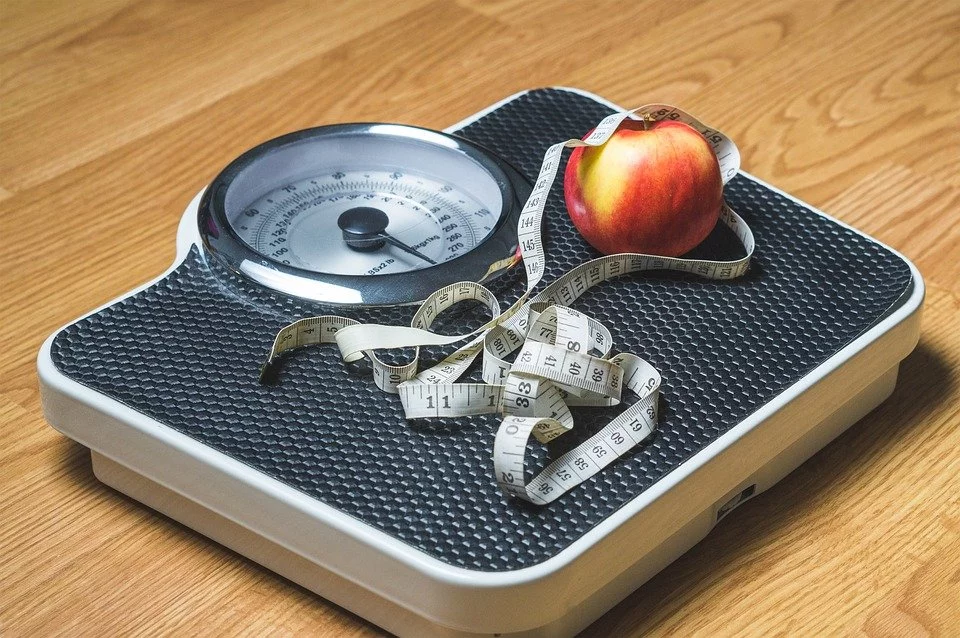If you read my article, the ‘time crunched ironman’, you’ll know I’ve enlisted the help of the coaches at SportsTest to take a scientific approach to my training. For all the work we put into testing me and developing bespoke training programs though, I could have told you the number one improvement I need to make on the way in. I need to lose weight.
How do you lose weight for cycling in a healthy way?

Fortunately this isn’t a six stone weight loss Odyssey like my Ironman journey. The improvements I want to make are more modest, but no less important. Any fat you are carrying on race day is excess baggage, contributing nothing to your effort. Any fat lost beforehand will directly and noticeably improve your finishing time. The difficulty in weight loss for cycling is getting rid of this excess weight without sacrificing muscle mass, or damaging my ability to train.
Hitting your race weight target can be daunting if you’ve not needed to do it before. If you try to lose the weight too quickly it’s likely to have knock on effect on your training, or you won’t be able to maintain the weight loss and end up bouncing back a few months later.
So what’s the best way to go about it? Under instructions from Garry at SportsTest and using the tips and tricks I learned last time, I’ve once again embarked on closely monitoring and controlling my calories.
We’ve all heard of a BMR, or basal metabolic rate right?
It gets kicked around in triathlon forums all the time. But what is it, and why should you pay any attention to it?
We burn thousands of calories each week running, swimming and cycling as part of our training programs; but this is nothing compared to the calories our bodies burn for seemingly no effort at all.
By breathing, keeping our hearts beating and maintaining the right body temperature, our bodies use a huge amount of energy. Just by sitting around watching TV, an average 30 year old can get through 1830 calories in a day before they do any exercise at all. If you are going to start counting calories as part of a diet, you can’t afford to ignore your BMR.
Sports test had me endure a probing with callipers to measure my fat and lean muscle distribution before calculating my BMR. While this might give a slightly more accurate number than just using height, weight and age, the calculator below will still give you a good indication.
Cycling weight loss BMR calculator:
There are a myriad of sports watches and phone apps to record exercise and intensity, and you’ve no doubt tried a few of them. If you’re already recording your training with a multisport watch, it’s bound to have an estimate of calories buried in its output somewhere. Just make sure your height, weight age and gender are all saved correctly, and if it’s been a while, it might be worth giving them an update.
Once you have both of these numbers and a good idea of how many calories you are getting through per day, all you need to do now is eat fewer calories than you use to lose weight. The NHS even have a helpful app to show you the calorie content of thousands of products in the supermarkets. Easy.
Well, unfortunately it’s not quite as easy as that.
So many fad diets see you losing weight far too quickly to be healthy.
In a worst case scenario where your weight loss is very rapid, your body can have a famine response. Ditching muscle mass while holding on to your fat reserves. In fairness, this is an unlikely scenario for most of us unless we stop taking on calories all together. What is more of a concern is not taking on enough calories to maintain your training plan.
With the increase in exercise, not only do we need calories to manage the effort of the training itself, but additional calories, vitamins, and minerals to cover the cost of recovery and muscle growth. As a rule of thumb, a deficit of 500 calories per day is going to be enough to see a loss of just under half a kilo per week without compromising your training. A deficit of more than 500 calories, and you’ll risk not getting the most out of your training sessions.
As the months go by, don’t forget that all of these numbers are likely to change. As you lose weight, your BMR will start to drop too. As you increase or decrease the intensity of your training, the calories you take in will need to match.
By re-calculating your BMR on a semi regular basis, and keeping an eye on your activity and calories in, it should be possible to maintain this 500 calorie deficit right the way through your training, and all the way into your taper.
There’s no magic bullet to improve your race times. Any approach you take is going to require hard work, but if anything stands out as a must do, it’s weight loss for cycling.
If you found this interesting check out our article on how to calculate your ideal race weight is HERE
Are you starting to take your race training a bit more seriously? Have a look at how our Triathlon Insurance can protect your bikes.